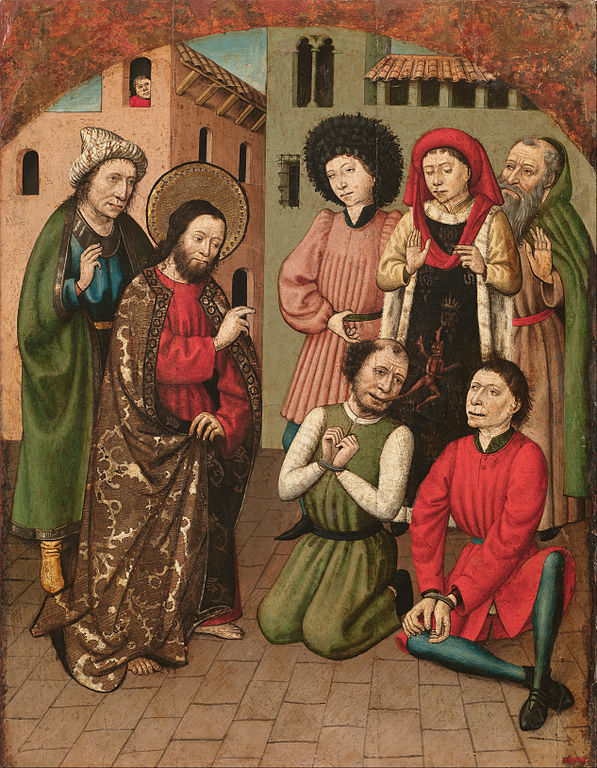 |
| Woman with Dead Child, 1903, Kathe Kollwitz. The majority of 20th century artists presented madness and grief as a terrifying spectacle. Kollwitz, uniquely, empathized with those who were suffering. |
Last week when I wrote about modern culture’s inexorable squeeze toward a single mode of thinking, I had a vague idea that it might be interesting to look at how madness has been painted. This proved more difficult than I expected.
 |
| Insane Woman, 1822, Théodore Géricault, from his Monomania series. |
The modern era has just too much to choose from—Edward Munch’s The Scream, Van Gogh’s self-portrait sans ear, the entire oeuvre of German Expressionism. Théodore Géricault’s Monomania series has a certain appeal, since they were an experiment in using art in the service of science. The trouble is, the subjects look less mad than grumpy, and they’re a singularly uninviting bunch of paintings.
Géricault’s criminally insane subjects seem almost normal in comparison with his Romantic portraits, but he came of age during the French Revolution. In such circumstances, there is a blurred line between sanity and insanity. Géricault himself studied the heads of guillotine victims because he believed that character was most revealed in extremis. Nothing nuts about that, is there?
For all the stuff that is in there, “demonic possession” is not recognized in any versions of the Diagnostic and Statistical Manual of Mental Disorders (DSM). However, psychiatry, as a discipline, is a little more than 150 years old; exorcism has been with us since the dawn of time and spans religious barriers. It has been practiced historically in almost every major religion that believes that man has a soul.
 |
| Desperation, 1306. In this fresco, Giotto attributed suicide to the presence of a demon, top left. |
Goya painted St. Francis de Borja performing the rite of exorcism at least twice. By the time he was painting, exorcisms were in sharp decline in the western world, ushered out by the Age of Reason. Oddly enough there has been a sharp rise in exorcisms since the middle of the 20thcentury. Perhaps this is a romantic notion spawned by television and movies, or it may represent our disaffection with psychiatry.
Let me know if you’re interested in painting with me in Maine in 2014 or Rochester at any time. Click here for more information on my Maine workshops!


.jpg)